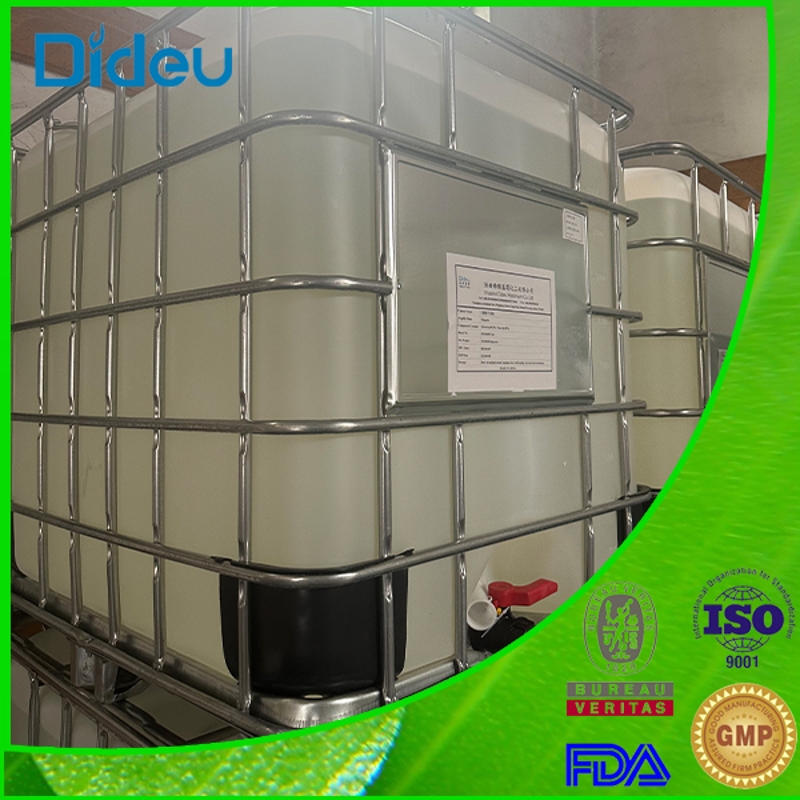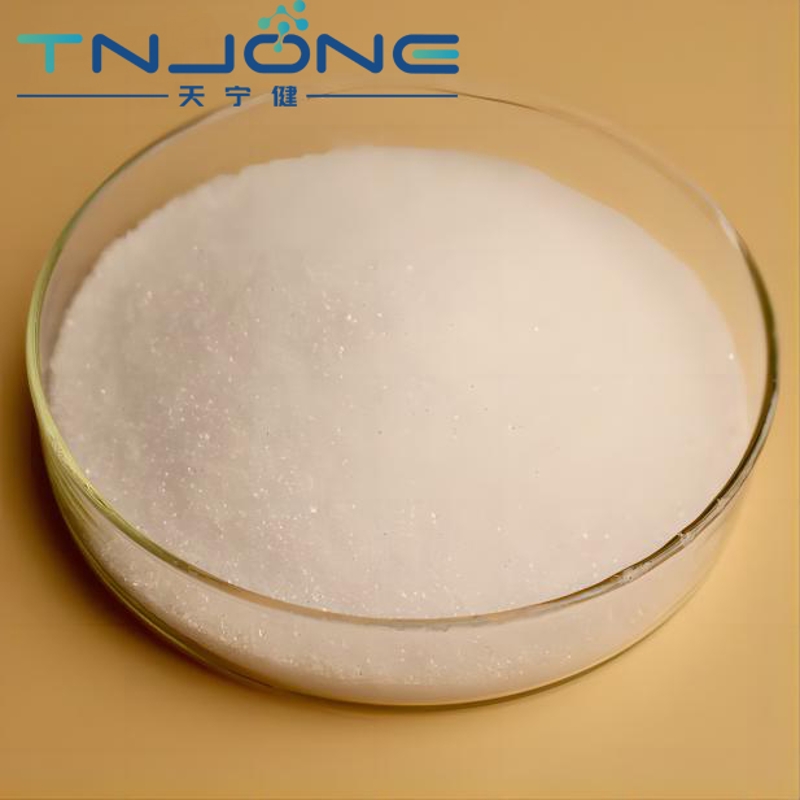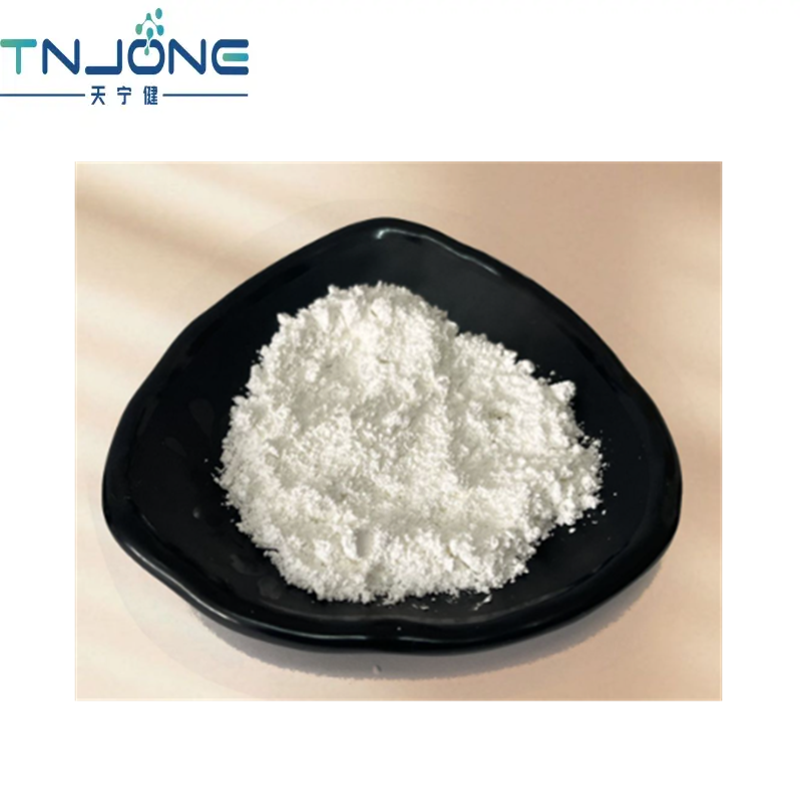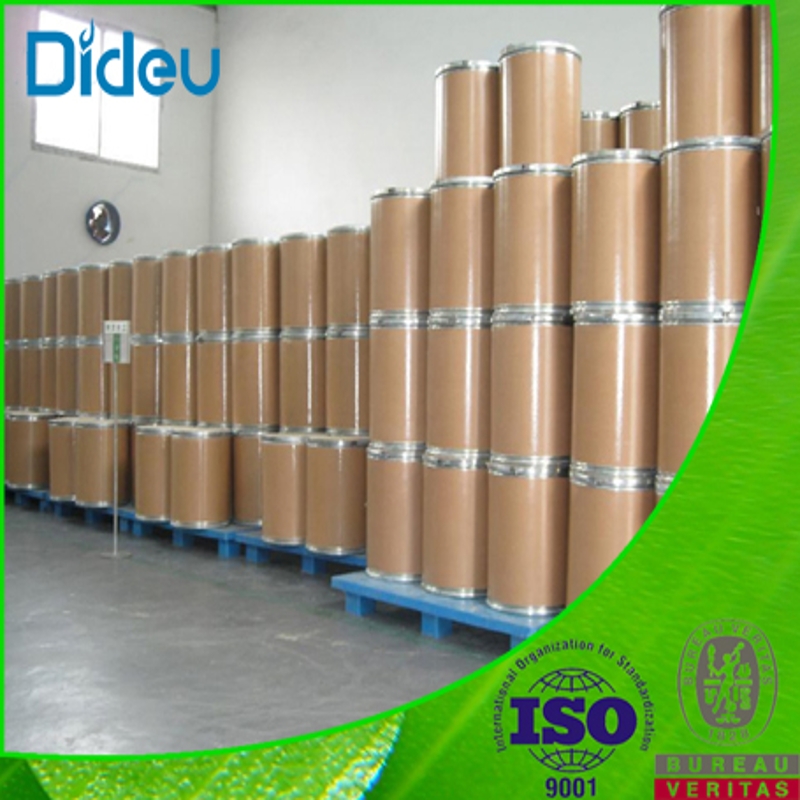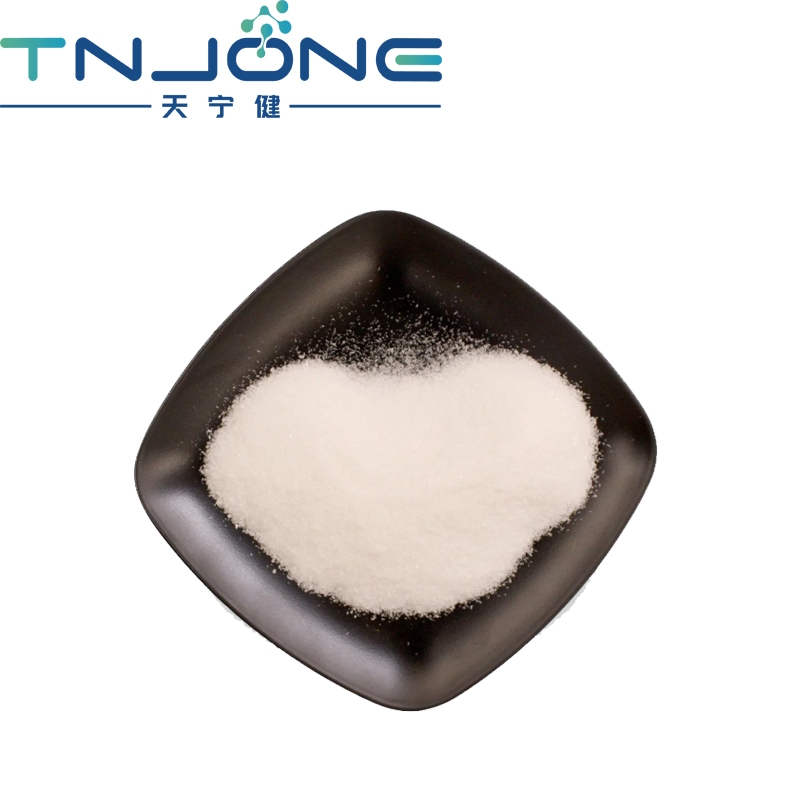Cosmetic Ingredient
- • Abrasive (124)
- • Absorbent (84)
- • Anticaking (66)
- • Anticorrosive (25)
- • Antifoaming (19)
- • Antimicrobials (290)
- • Antioxidant Ingredient (393)
- • Antiperspirant (20)
- • Antiplaque (48)
- • Anti-seborrheic (38)
- • Anti-sebum (39)
- • Antistatic (458)
- • Astringent (162)
- • Binding Agent (172)
- • Bleaching Agent (53)
- • Buffering (191)
- • Bulking (109)
- • Chelating (122)
- • Cleansing (679)
- • Cosmetic Colorant (212)
- • Cosmetic Preservative (158)
- • Denaturant (45)
- • Deodorant (98)
- • Depilatory (27)
- • Dissolving Agent (298)
- • Emollient (795)
- • Emulsifying Agent (480)
- • Emulsion Stabilising (154)
- • Exfoliating (19)
- • Film Forming (299)
- • Flavouring (72)
- • Foam Boosting (161)
- • Foaming (101)
- • Fragrance Ingredient (726)
- • Gel Forming (19)
- • Hair Conditioning (670)
- • Hair Dyeing (363)
- • Hair Fixing (36)
- • Hair Waving or Straightening (45)
- • Humectant (282)
- • Hydrotrope (92)
- • Keratolytic (20)
- • Light Stabilizer (80)
- • Moisturising Agent (50)
- • Nail Conditioning (42)
- • Occlusive (20)
- • Opacifying (119)
- • Oral Care (123)
- • Oxidising (19)
- • Perfuming (2105)
- • Plasticiser (98)
- • Propellant (19)
- • Reducing (50)
- • Refatting (12)
- • Refreshing (26)
- • Skin Cleansing (388)
- • Skin Conditioning (1751)
- • Skin Humectant (21)
- • Skin Protecting (282)
- • Smoothing (31)
- • Soothing (71)
- • Tonics (155)
- • UV Filter (34)
- • Viscosity Controlling (532)
Chemicals as Skincare Ingredients
Related News
Antimicrobials
1,2-Benzisothiazol-3(2H)-one
(2634-33-5)-
Cosmetics Grade / 99.5%
$1-1.2/MT FOB
-
Industrial Grade / 99%
-
Chemical Grade / 98%
-
Request for quotation , get quotes from more suppliers.
Tetramethylthiuram disulfide
(137-26-8)-
Industrial Grade / 99%
-
Industrial Grade / 99%
-
- / 96%
-
Industrial Grade / 99%
Request for quotation , get quotes from more suppliers.
m-Cresol
(108-39-4)m-Cresol is used as a disinfectant and solvent. Lysol
TM
disinfectant is a 50% (v/v) mixed-cresol isomer in a soap emulsion formed on mixing with water. The isomer m-cresol is an oily liquid with low volatility. Besides disinfection at solutions of 1–5%, the cresols are used in degreasing compounds, paintbrush cleaners, and additives in lubricating oils. Cresols were onc
-
Industrial Grade / 99%
-
Industrial Grade / 99%
-
-
Plating Grade / 99%
Request for quotation , get quotes from more suppliers.
Chlorhexidine gluconate
(18472-51-0)-
Cosmetics Grade / -
-
Pharmacy Grade / 99%
-
-
Pharmacy Grade / 20%
Request for quotation , get quotes from more suppliers.
Tea extract
(84650-60-2)-
Cosmetics Grade / 99%
-
- / 40%
-
Food Grade / 99%
-
Food Grade / 99%
Request for quotation , get quotes from more suppliers.
Triacetin
(102-76-1)-
industrial Grade / 98%
-
Food Grade / 99.5%
$5-6.5/KG FOB
-
Food Grade / 99%
$1/KG FOB
-
Industrial Grade,Reagent Grade / -
Tetrabutylammonium bromide
(1643-19-2)-
Pharmacy Grade / 99%
$20-25/KG FOB
-
- / 99%
$5-6.5/KG FOB
-
Industrial Grade / 99%
-
Request for quotation , get quotes from more suppliers.
Ferulic acid
(1135-24-6)-
Cosmetics Grade / 99%
-
Cosmetics Grade / 98%
$33-40/KG FOB
-
Cosmetics Grade / 99%
$60-78/KG EXW
-
Cosmetics Grade / 99%
Request for quotation , get quotes from more suppliers.
-
Chemical Grade / 99%
-
-
- / 0.00%
-
Pharmacy Grade / 99%
Request for quotation , get quotes from more suppliers.
Zinc acetate
(557-34-6)-
Food Grade / 99%
$5-6/KG FOB
-
Chemical Grade / 99%
$1/KG FOB
-
API Grade / 99%
$20-25/KG FOB
-
Industrial Grade / 99%
Request for quotation , get quotes from more suppliers.
Source Antimicrobials Raw Materials by Region
More Information
Antimicrobial agents are used to inhibit the growth and spread of harmful microorganisms in the body. These agents are essential tools in combating bacterial, viral, and fungal infections, working to disrupt the mechanisms that allow these microbes to thrive.
Antimicrobial agents work by targeting and disrupting the vital functions of microorganisms, such as bacteria, viruses, or fungi, impeding their ability to grow and reproduce. Through various mechanisms, these agents effectively neutralize or inhibit the infectious organisms, promoting the elimination of the threat.
Causes of microbial infections
•Exposure to harmful bacteria, viruses, or fungi.
•Weakened immune system due to factors like stress or medical conditions.
•Poor hygiene practices or contaminated environments.






























